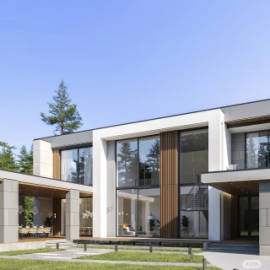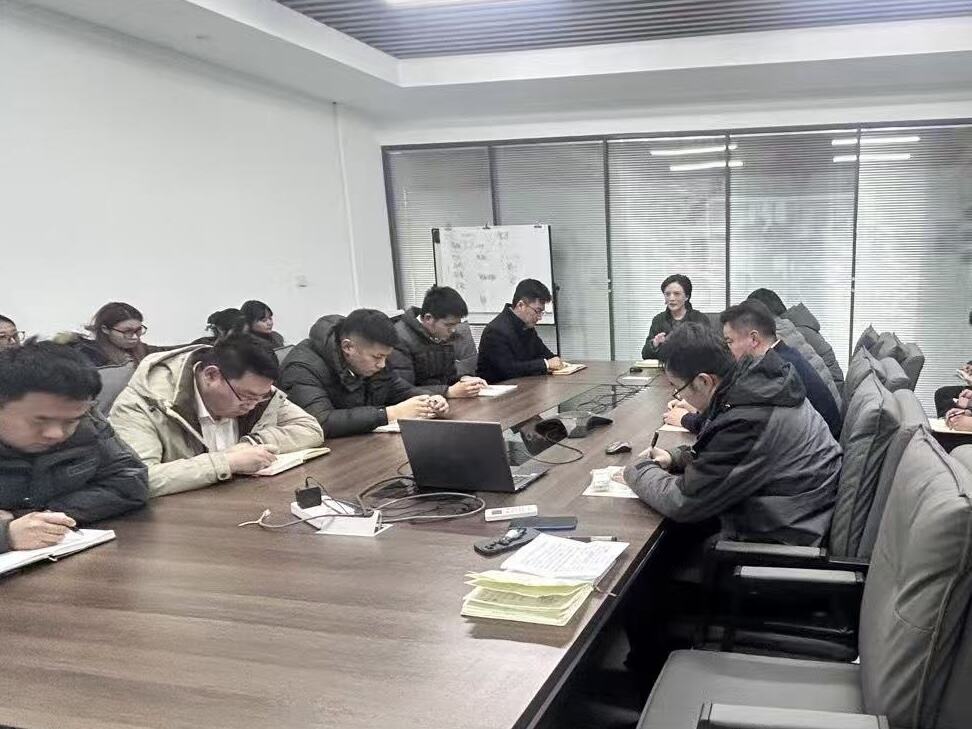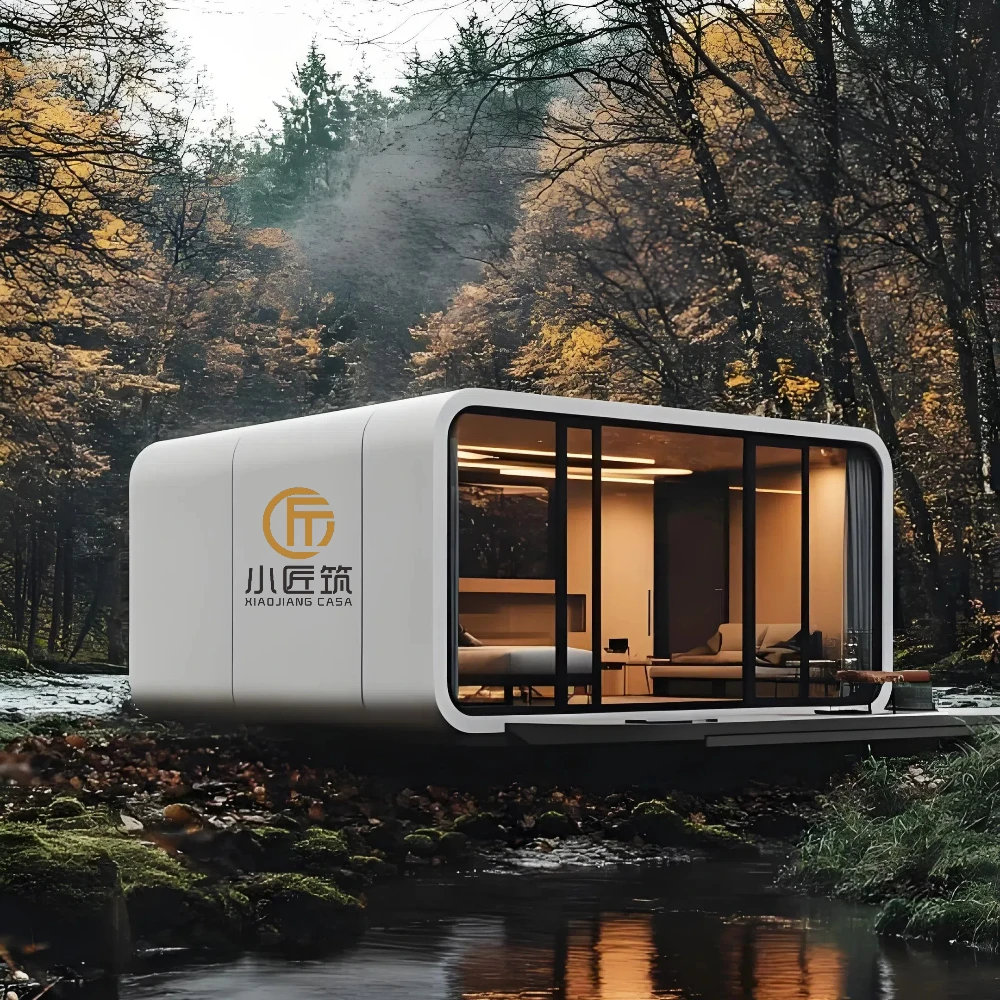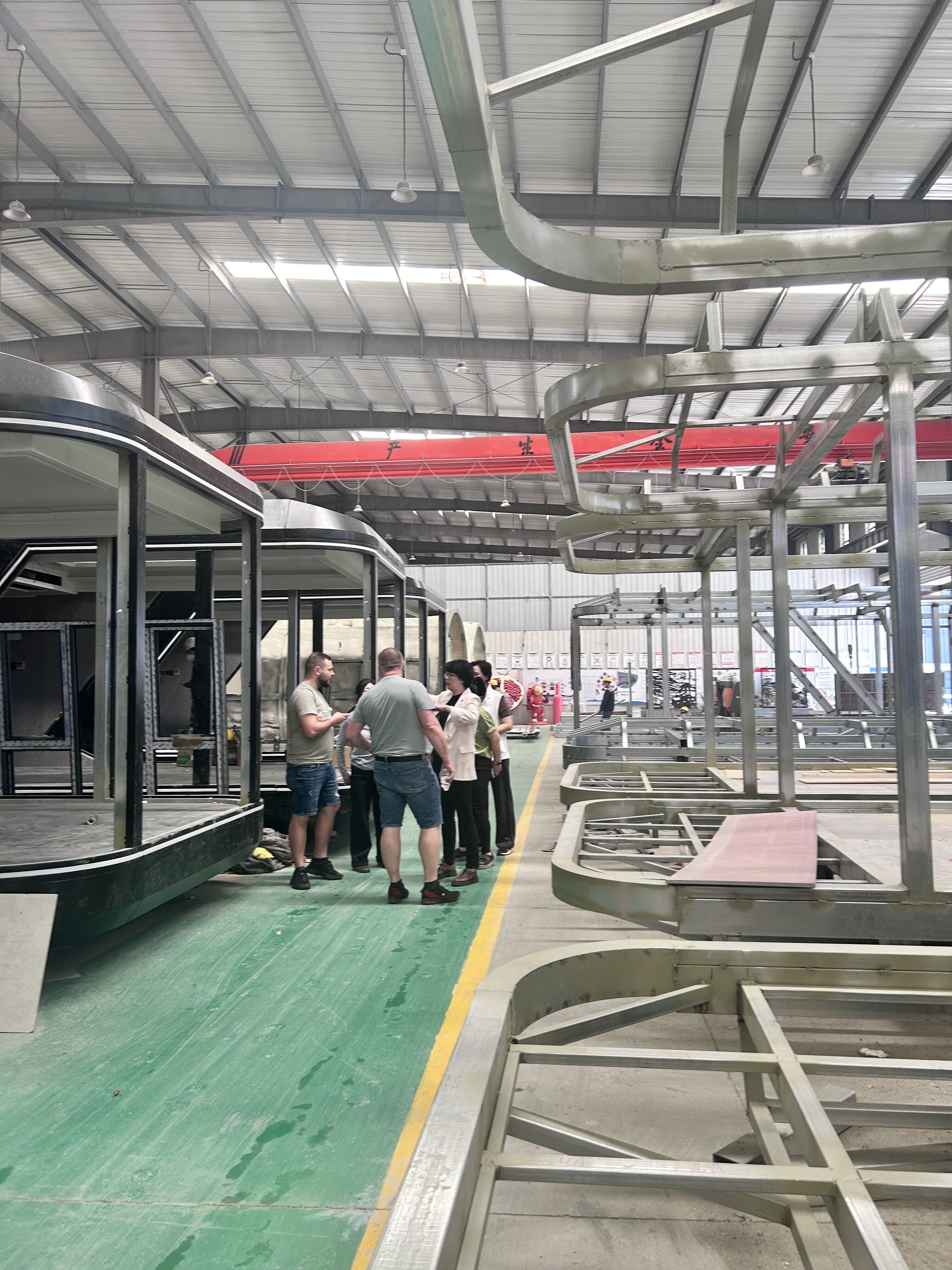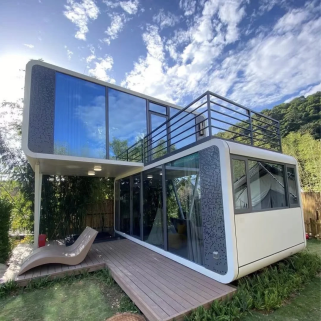Fil-industrija tal-costruzzjoni tas-saħans, il-fokar fuq Bini ta' Struttura tal-Ħadid Prefabbrikati effiċjenti u ta' kwalità għolja qed tibdel ir-regola. Dawn il-bini mfabbrika għal standardi Ġermaniċi humwa adattati għall-ħtiġijiet komplikati komunali u residenzjali. L-għan ta' din il-kariga blogga huwa li jifhem kollha l-aspetti tal-strutturi tal-ħadid prefabbrikati – l-applikazzjonijiet tagħhom, il-vantaġġi u l-iżviluppi futuri.
Fhem tal-Strutturi tal-Ħadid Prefabbrikati
Is-siti tal-bini jużaw komponenti tal-azzar manifatturati minn qabel li jiġu mmuntati fuq il-post biex joħolqu strutturi tal-azzar prefabbrikati. Dan l-approċċ itejjeb l-effiċjenza ġenerali fl-ilħuq tal-istandards tal-kwalità filwaqt li fl-istess ħin inaqqas il-ħin prezzjuż u l-ispejjeż tax-xogħol. F'dawn il-kostruzzjonijiet hemm lonġevità kbira, effiċjenza fl-enerġija, rispett għall-ambjent, u sostenibbiltà minħabba l-prinċipji tal-inġinerija Ġermaniża inkorporati matul il-proċessi tal-manifattura flimkien ma' prattiki strutturali ta' preċiżjoni użati matul il-proċess tal-bini li jiżguraw aktar l-effettività tar-riżorsi li timminimizza l-iskart u tippermetti għażliet ta' kostruzzjoni li ma jagħmlux ħsara lill-ambjent.
Ivantaġġi tal-Costruzzjoni ta' Bini Strutturali fl-Istil Prefabbrikat
Il-bini ta' struttura tal-ħadid li jinkludi parti prefabrikati jista' jinkiseb malajr. Skont il-konstruzzjoni konvenzjonali, li tard tispiċċa, il-prefabrikazzjoni tippermetti l-assenbil tagħal-parti tal-binja iktar malajr. Dan jnaqqas il-ħlasijiet u jisparagħ il-forza tax-xogħol. Apparti hekk, il-kumpaniji jistgħu jibdew l-operazzjonijiet iktar malajr, imma jagħmel ir-ritorn tal-investiment aħjar. Barra minn hekk, in-natura solida tal-ħadid tassigura li dawn il-bini huma resistenti għall-kundizzjonijiet meteo estremi indipendentement mir-reġjun li fih kienu nbenu.
Applikazzjonijiet fuq l-industrija kollha
Il-bini prefabbrikati bistruttura tal-ħadid jistgħu jintużaw f'industriji differenti għal scopi varji. L-adattabbiltà tagħhom tippermetti l-użu tagħhom bħala magazzini kummerċjali, punti tal-bejjiegħ, dar residenti, kif ukoll skoli u foromi oħra ta' istituti edukattivi. Il-istrutturi prefabbrikati jistgħu faċilment jitwettqu jew jimmudifikaw biex jissodisfaw il-bżonnijiet individwali, li huwa benefiċju kemm għall-impjiegi kif ukoll lil dawk li jippreġġu id-dar tagħhom. Id-domanda inkrementata għal logistika flimkien mal-bżonnijiet industrijali li jinbidlu se jteħtieġ soluzzjonijiet ta' kostruzzjoni espandibbli u flessibbli mingħajr ma tintlaq l-adattabilità.
Assicurazzjoni tal-Kwalità tal-Livell 2 U Kkonformanza Ma l-Istnadards Ġermaniżi
Fil-każ ta' strutturi fl-aħar, il-konformità mal-istandards Ġermaniżi tipprevedi assicurazzjoni doppja tal-kwalità f'kull pass tal-proċess, biex tiżgura li kull parti tintefa b'segwit l-gwida tas-sikurezza. B'dan it-tieqa ħafna ta' kontroll tal-kwalità fis-seħħ misposta, il-klijenti jistgħu jiddependu fuq il-biniw prefabbrikati biex jissodisfaw ir-rekwiżiti tad-durabbiltà u l-effiċjenza filwaqt li jipprovdu kwietien protettivi fit-truzzjonijiet. Barra hekk, dawn il-bini spiss jinkludu teknoloġija avvanzata u disinn inovattivi li jibiddlu l-istandards industrijali tal-kunstruzzjoni għall-eċċellenza fil-bini.
Bidliet Speċċjati Fil-Kunstruzzjoni Fl-Aħar Prefabbrikata
Il-bidla tidher promettenti fil-kostruzzjoni steel prefabbrikata minħabba li hemm progressi f'setturi differenti ġew introdotti fis-sistema tal-kostruzzjoni tal-binjiet. L-emerġenza tat-teknoloġiji ta' Building Information Modeling (BIM) flimkien ma' tekniki avvanzati tal-manifattura jsemplifikaw l-opzjonijiet ta' personalizzazzjoni filwaqt li jżidu l-effiċjenza fit-tieqa tal-fabbrikazzjoni. Flimkien ma dan, hemm enfasi iktar fuq is-sostenibbiltà u l-ekoloġija li fiha titwassal għal prattiki aħjar tal-kostruzzjoni kif ukoll għal materjali ġodda intenzjonati għall-użu fil-fabbrikazzjoni tal-binjiet steel prefabbrikati. Biex nisuma, il-binjiet prefabbrikati b'design Ġermaniku bil-ferro huma effiċjenti fil-kosta, duriabbli u versatili. Minħabba l-ħin qasir tal-kostruzzjoni u l-iskontijiet fit-tul prodotti minn manutenzjoni inqas, il-binjiet bistruttura steel se jappoġġjaw industrijiet tal-kostruzzjoni fis-snin imminenti. Li jibqa' ahead of the curve rigward bidliet industrijali u teknoloġiji ġodda se jgħin lil kostruttori jaġġornaw l-istess biex jeżploraw binjiet avvanzati.


